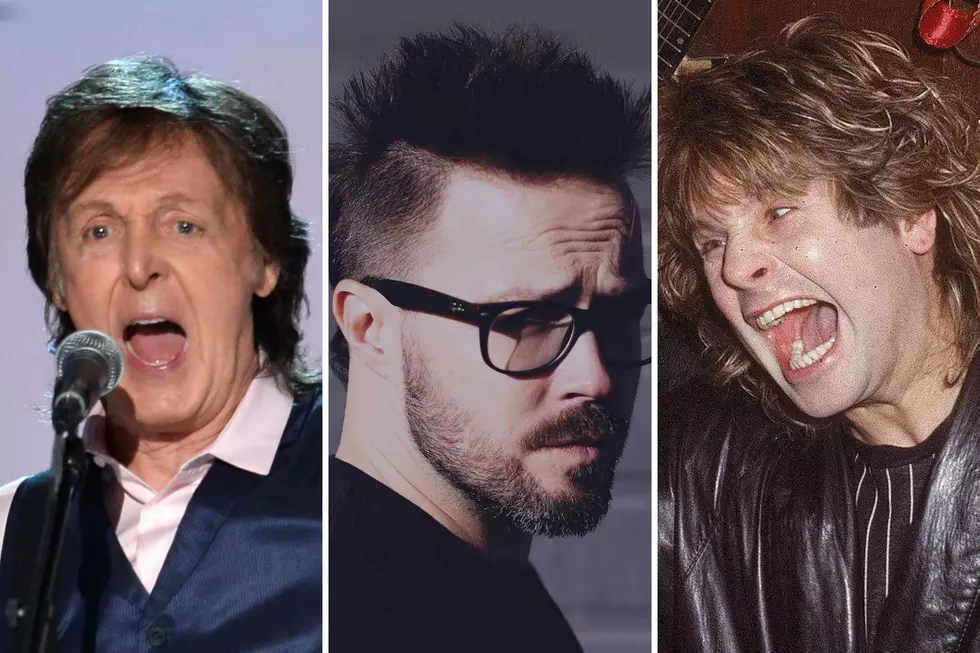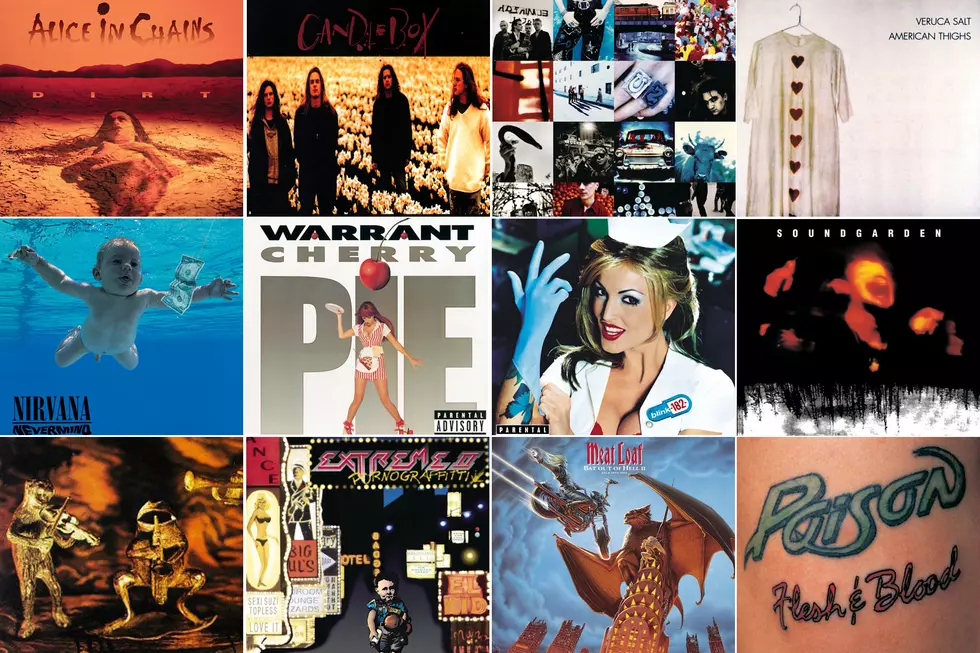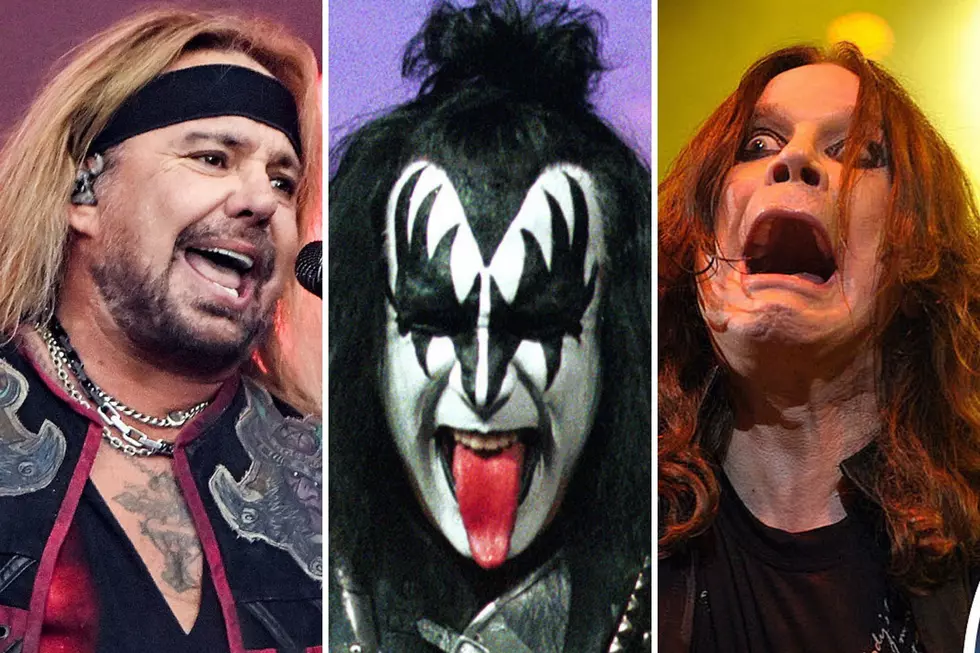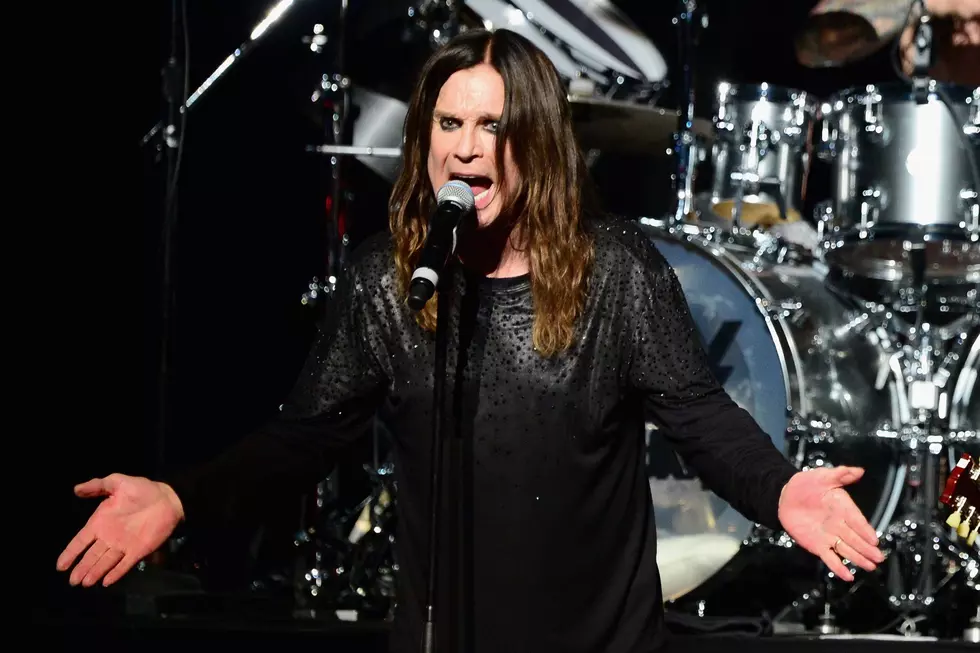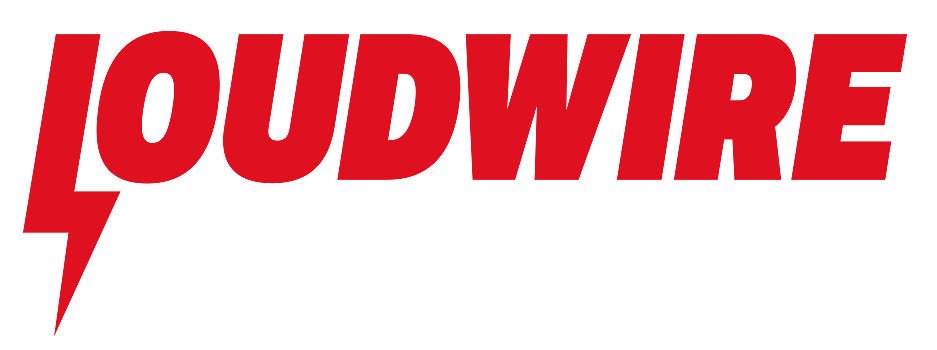
40 Years Ago: Ozzy Osbourne Bounces Back From Tragedy With ‘Bark at the Moon’
When Ozzy Osbourne released his third solo album Bark at the Moon on Nov. 15, 1983, it had been two years since the critically acclaimed Diary of a Madman came out. To say that the period in between the records was turbulent would be an understatement of epic proportions, as it saw a slew of personal and professional issues take place with almost none of them for the better. Still, the former Black Sabbath frontman was able to put forth a respectable LP, one which would attain status as a fan favorite despite the circumstances leading up to and during its production.
The drug and alcohol addicted Osbourne was arguably at his most rip-roaring career peak when it came to ingesting substances of ill repute in the early '80s, and it landed him in trouble with the law, posed a danger to his health and acted as a coping mechanism when he suffered the greatest loss imaginable. There was one two-month stretch in early 1982 that to this day defines the perception of the Prince of Darkness. He bit the head off a bat, collapsed onstage, urinated at the Alamo and lost guitarist Randy Rhoads in a horrific plane crash.
It would be that final blow, on March 18, 1982, which sent Osbourne into an emotional tailspin where he was never given the opportunity to mourn properly. Less than two weeks later he was back on the road to continue the Diary of a Madman tour with ex-Ian Gillan guitarist Bernie Tormé, who would split after a handful of dates. Night Ranger axe man Brad Gillis was then recruited and would play on the live album of Sabbath covers, Speak of the Devil, as the year drew to a close, but the revolving door of musicians was hardly finished spinning.
Bassist Rudy Sarzo left to rejoin Quiet Riot and was temporarily substituted by UFO’s Pete Way who, along with Gillis, would bid farewell following the final date of 1982. Three months’ worth of shows were looming beginning in the second week of January, and Osbourne was short a guitarist and a bassist. The bass slot was filled by Don Costa, who would be out by year’s end so Bob Daisley could return to work on the next album.
The key role, as always in Osbourne’s band, would be the guitarist. He had already worked extensively with two veritable legends in Tony Iommi and Rhoads, so the next long-term player needed to be something special. At first, George Lynch was hired, rehearsed with the band in Europe for a bit, but was unceremoniously shown the door.
At the recommendation of Osbourne confidant Dana Strum, who had a hand in Rhoads landing a job with Ozzy, Jake E. Lee was introduced. The flashy guitarist based in San Diego who played in an early version of Ratt and then Rough Cutt also said he was once considered to be added as a second guitarist to Motley Crue in the band’s early days. He was the perfect fit for the era, wrapped in leather, flamboyant and like a freshly uncaged gymnast when it came to performing live. Most importantly, he could shred, with many even now considering him the a close second to Rhoads as Ozzy’s top guitarist.
“Since Randy got killed, I’ve had a lot of bad luck with players,” Osbourne told Kerrang! at the time. “Often they just want to stay with me to get a name before they launch their own careers. But I like to think the band now is as near as damn permanent, though I sometimes wake up in the morning wondering who’s still here.”
The decision was made to return to England’s Ridge Farm Studios in hopes of capturing some of the magic on Osbourne’s first two solo efforts which were recorded there. By most accounts, Osbourne was in no shape to contribute to the songwriting process.
Ozzy Osbourne. "Bark at the Moon"
“Well, most of that was really me and Bob Daisley, because Ozzy would show up and kind of play around with songs,” Lee recalled years later. “I remember that I had the riff for ‘Bark at the Moon’ and I played that, and he said, 'Oh, I love it - we’ll call that one ‘Bark at the Moon,’ because he already had the album title in mind.”
“He’d come in with things like that and then he’d drink, and he’d either pass out or leave, which left just me and Bob,” Lee continued. “We’d stay in the studio and flesh out the songs. It was fun working with Bob. He wrote all of the lyrics, [he’s] a great lyricist. So yeah, me and Bob, we had a good working relationship. It was fun doing that record.”
Imagine their surprise then when contract was presented at the end of the recording sessions with the description of what the album’s liner notes would read: “All songs written by Ozzy Osbourne.”
"I was told from the get-go, 'If you write part of the songs, you'll get writing credit, you'll get publishing - that's part of your deal,'” Lee said. When he balked at the contract, threatening to sue, he was told by Sharon Osbourne that he could, “stand in line” with the rest of the people threatening lawsuits and that in the meantime, another guitarist would be brought in to re-record his parts. Fearing a legal ordeal that wasn’t worth it, Lee signed it – but had learned a valuable lesson.
“[When they said] ‘Let’s make another record’ and I was like, ‘OK, but this time, you know what, I want the contract first before we start recording. I don’t want to be a dick, but I don’t want to get fucked again either.’”
“I co-wrote the music with Jake and I wrote all the lyrics with the exception of a line or word or two from Ozzy,” Daisley said, adding that he and Lee took a lump sum buyout rather than get into legal wrangling. “Jake and I couldn't be credited for the writing for that reason, although we did get our performance credits. It was very frustrating to put so much work into a recording and then see someone else take all the credit for the writing but that's what we agreed to so there's not a lot we can do now.”
Ozzy Osbourne, "So Tired"
The U.S. edition of Bark at the Moon opens with the title track and lead single, one that would become one of Osbourne’s best-known hits, due in part to the Dr. Jekyll and Mr. Hyde inspired video which has the singer turning into a werewolf by the end of the clip. It echoed the now iconic cover of the album, where up and coming special effects artist Greg Cannom, who had previously done make-up for The Howling and Michael Jackson’s “Thriller” video, had dressed Osbourne to literally bark at the moon.
There was no shortage of keyboards on the album, with the instrument becoming more and more prevalent as the '80s wore on. Don Airey’s playing dominated “You’re No Different,” the melancholic, almost ELO-esque “So Tired” and provided the opening atmosphere for “Centre of Eternity” – which was called “Forever” on European pressings of the LP – and would almost always be just in the background on the rest of the record.
Ozzy Osbourne, "Rock 'n' Roll Rebel"
Straight ahead rockers like “Now You See It (Now You Don’t)” and “Rock ‘n’ Roll Rebel” showcased Lee’s playing, which while vastly different than Rhoads, carried or highlighted some of the weaker songs like “Slow Down” and “Spiders,” coincidentally two tracks that would only appear on the U.S. and U.K. versions of the original album respectively. Overall, Lee proved to be a more than capable guitarist despite the mixed reviews the album would receive.
Any momentum from Bark at the Moon, which would top out at No. 19 on the Billboard charts, would be lost as the rotating cast of musicians left Lee and Osbourne as the only alum from the record when it came time to record the next LP, 1986's oft-panned The Ultimate Sin.
Ozzy Osbourne Albums Ranked
More From Loudwire


